Master Baking Class with @ albertocotua ( Weekly Series)
Hello Steemers, today begins this new experience in the Steem Kitchen community, this is the first of many surprises that the community brings to you. As you know what I do, today I bring you a super interesting post about fats, their types and their use in baking.
What are Fats?
Fats provide the most significant contribution to the taste, color, texture and richness of the final product. In the batter or shakes it inhibits the formation of long chains of gluten, which allows to obtain a soft product. Solid fats help the growth of the dough and trapped air bubbles, which expand when subjected to the heat of the oven. The emulsifying properties of fats allow baked goods to maintain moisture and resist hardening, which increases their shelf life.
When choosing a particular fat, you should consider its taste, its melting point, and its ability to form emulsions. A fat or an oil can produce a texture cake, rolled and flaky products require a solid fat at an ambient temperature to prevent the binding of flour proteins and thus ensure a good overlap of layers of fat with layers of dough.
The main functions of fats in bakery products are:
Soften the texture of the product.
Add moisture and enrich it.
Increase its conservation characteristics.
Improve the taste.
Fat emulsions
Almost all baking ingredients are easily mixed with water and other liquids, and they change shape. For example, salt and sugar dissolve in water and flour and starches absorb water which binds to the starch and protein particles. On the other hand fat does not change shape when mixed with liquids or other baking ingredients. It simply breaks up into smaller and smaller particles when it is kneaded and then these small particles of fat are distributed more or less uniformly in the mixture.
An emulsion is the uniform mixture of two substances that can not be mixed such as oil and water. Outside of baking, mayonnaise is a well-known example of emulsion (in this case, oil and vinegar emulsion). There are also air and grease emulsions, which is formed when fat is added with sugar when making cakes or other products. Different fats have different capacity to form emulsions. For example if the proper fat is not used when preparing some cakes the emulsion may fail because the paste contains more water than the fat can tolerate. Then it is said that the shake is "cut".
Butters.
Any fat can perform the functions of a butter when baked that shortens gluten fibers and softens the product. However, the term butter is often used for any of the group of solid fats, usually white and tasteless, specially formulated for baking. In general, butters are almost 100% fat. Butters can be made with vegetable oils, animal fats or both. Fats are hydrogenated during processing. This process converts liquid oils into solid fats. Since butter is used for multiple purposes, manufacturers produce different kinds of fats with different characteristics.
There are two main types:
The common butters:
These butters have a fairly firm and waxy texture, and the small particles of fat tend to maintain its shape in masses or pastes. When they are elaborated they can be given different degrees of hardness. The common butters accrete quite well. This means that you can mix enough air, which gives the pasta lightness and leavening power. By on the other hand, this kind of butter only melts at high temperatures.
Thanks to its texture, common butters is used for brittle products, such as crusts for pie and bisquets. It is also used to prepare other breads, cakes and products that are made by creaming, such as pound cakes, cookies and fast breads. Unless another butter is specified in a formula, butter should be used.
The emulsified butters:
They are soft butters that are easily incorporated into a paste, and quickly coat the sugar and flour particles. Since emulsifying agents are added, they support more liquid and sugar than ordinary butter, which is why they give pastries a finer and smoother texture and higher humidity.
Emulsified butter is often used when the weight of the sugar for the dough a cake is greater than the weight of the flour. These cakes are known as cakes of high proportion, and sometimes emulsified butters are called high-butters proportion. By the way, these butters are frequently used in the preparation of bitumen, because they can tolerate more sugar and liquid without cutting.
The term "butter emulsified ", strictly speaking, is not very accurate, pure fats can not emulsify because the emulsions are formed by mixing at least two substances. Such It is more accurate to be called "emulsifying butter". However, the term "butter emulsified "is the most widely recognized and widely used term.
Butter.
Fresh butter is formed with approximately 80% fat, 15% water and 5% milk solids. It produces butter with salt and without salt. The unsalted butter lasts much less, although it has a fresher and sweeter taste and is therefore preferred for baking. If you use butter with salt, decrease the salt in the formula.
The lards are made of different texture and hardness to be suitable for specific uses. However, butter is a natural product that lacks this advantage. When it is cold, it is hard and brittle, and at room temperature it is very soft and melts easily. This makes the masses prepared with butter work harder. The
butter, moreover, is more expensive than lard.
But butter has two main advantages:
Taste: the lards lack intentionally of flavor, but the butter has an appetizing flavor.
Melting qualities: the butter melts in the mouth, which does not happen with the lards. After eating cakes or bitumen prepared with lard, one can feel an unpleasant oily layer in the mouth.
For these reasons, many bakers and confectioners feel that the advantages of butter outweigh its disadvantages in many cases. You can often mix 50% butter and 50% lard; this way you get both the taste of the butter and the handling characteristics of the lards.
Margarine.
Margarine is made from various hydrogenated animal and vegetable fats to which flavorings, emulsifiers, colorants and other ingredients are added. It contains 80 to 85% fat, 10 to 15% moisture and approximately 5% salt, milk solids and other components. That is why it can be considered as an imitation of butter made up of fats, water and flavorings. Unlike margarines sold in grocery stores, margarines for baking are formulated in different ways for different purposes. Below are the two main categories.
Margarines for cake or bakery margarines.
These margarines are soft and can be well accreted. They are used not only for cakes, but also in a wide variety of products.
Margarines for doughs.
They are more resistant and elastic; its consistency is waxy. They are specially formulated for layering doughs, such as Danish pastry and puff pastry. Margarine for puff pastry, the most resistant of these fats, sometimes receives the name of butter for puff pastry or hojaldrina. However, like other margarines, it has a significant water content that contributes to the fermentation of the dough vaporize.
The puff pastry that is prepared with this margarine, usually sponge more than that prepared with butter. However, since fat does not melt in your mouth, like butter, many people do not find it appealing.
Clarified butter.
It is a butter with almost all its water and milk solids removed, leaving almost pure butter fat.
The clarified butter is made by heating the butter to its melting point and then letting it cool; when cooled, the remaining components are separated by density. In the upper part, whey proteins form a skin, which is removed.
It is heated to approximately 120 ° C (250 ° F) after the water evaporates, the milk solids turn brown. This process also produces antioxidants that help protect rancidity. Because of this, it can be stored for six to eight months under normal conditions.
Oils.
Oils are liquid fats. In baking they are used less frequently than other fats because they spread too much in the masses and shorten the gluten fibers too much. In some breads and a few quick pies and breads, oil is used instead of fat. Apart from this, the usefulness of the oils in baking is mainly limited to the greasing of molds, the frying of donuts and as a bath or varnish for some buns.
Storage of fats.
All fats become rancid if exposed to air for too long. They also tend to absorb the odors and flavors of other foods. Highly perishable fats, such as butter, should be stored well wrapped in the refrigerator. Other fats and oils should be stored in sealed containers in a cool, dry and dark place.
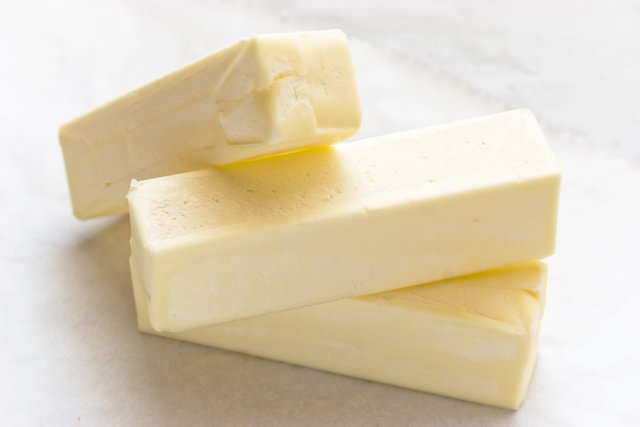
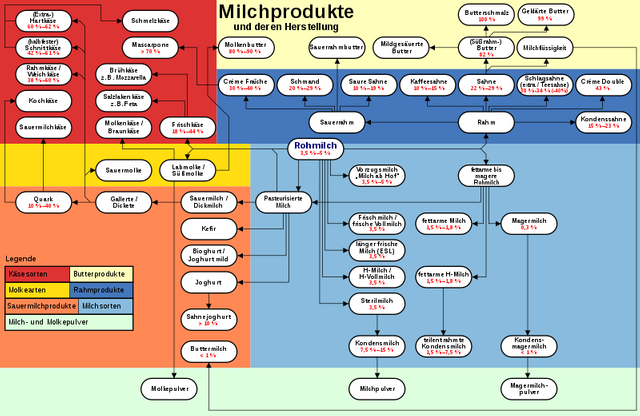
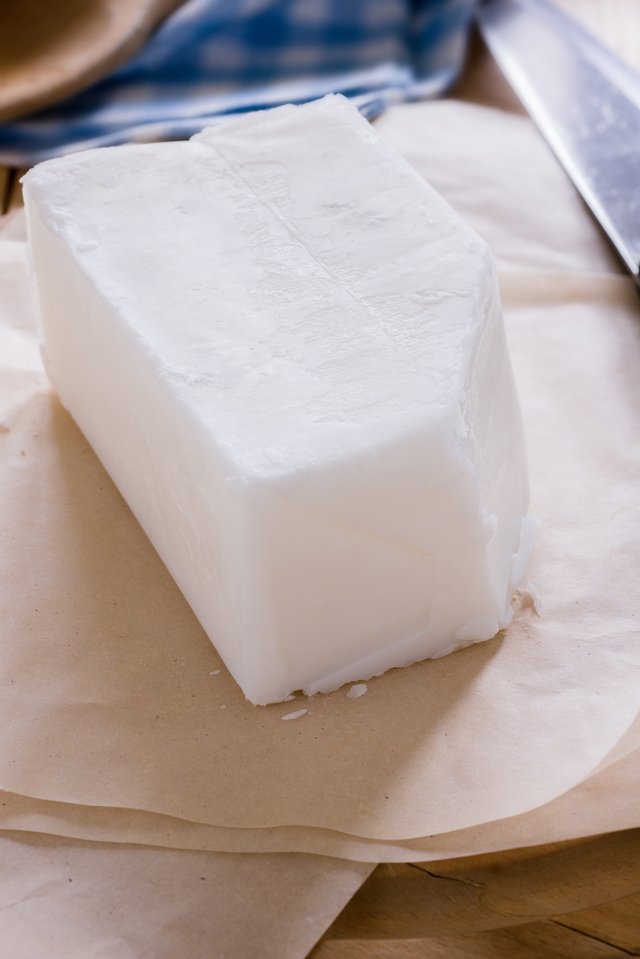
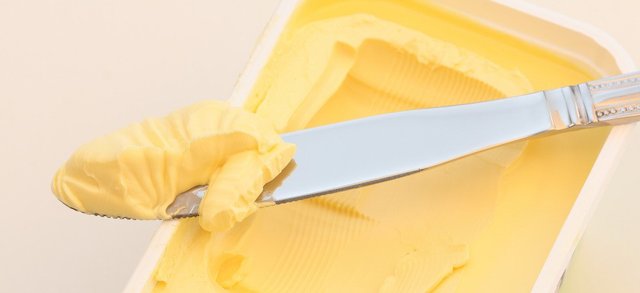
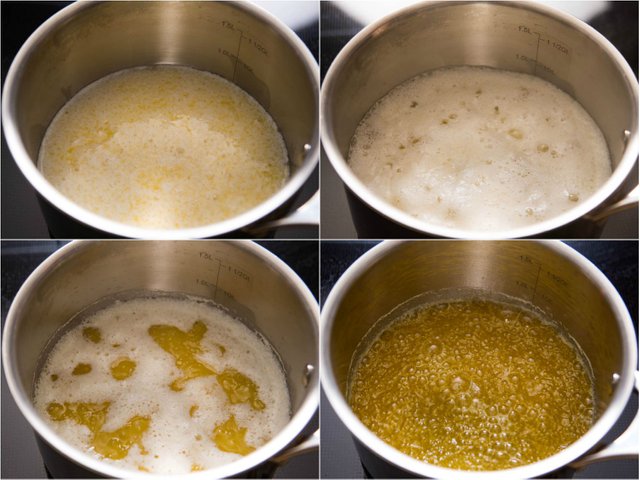
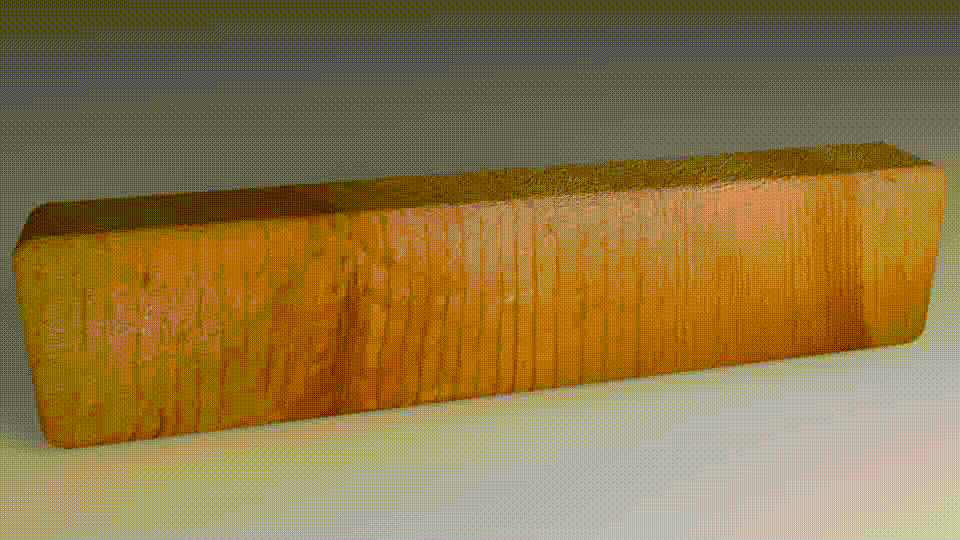
Your post has been selected as #adsactlyspostoftheday :)
Join us in our Discord channel here to drop your post in our post promotion page, and make sure to use the @adsactly tag in the post itself.
That is very helpful post....i hope u give us this time post always.. i like it..💜
From a scientific perspective and for reading purposes, this was an awesome post!
As a whole food vegan, reading about eating refined fat, especially animal fats makes me cringe something chronic.
The only naughty fat I occasionally allow myself to eat is coconut. Considering how much I value my life, I steer clear of the stuff.
Keep up the impactful writing.
Cheerio.
Nick
Thank you for your very thoughtful comment. Alberto is our local expert and we are really looking forward to all the future articles he will be bringing to us. We just posted another great article by @joyrobinson under @steemkitchen that you might appreciate about Superfoods.
You made the process of making butter look so simple, at the same time highlighting difference between butter, Lards, Margarine, types of butter and by products. Resteemed.
the cheesier the better :P
Awesome post! Great information. I pretty much use real butter in all my cooking and baking. haha :)
I knew the bad impact of fatty substances most of the time. But after reading your invaluable writings on FATs , now I am pretty clear how it could be a valuable and nutritious thing in backing fields. Thanks for sharing your new information and ideas and its overall advantages. Loved your steemkitchen animation :-)
looking tasty!
Such a fantastic initiative! good luck with everything guys